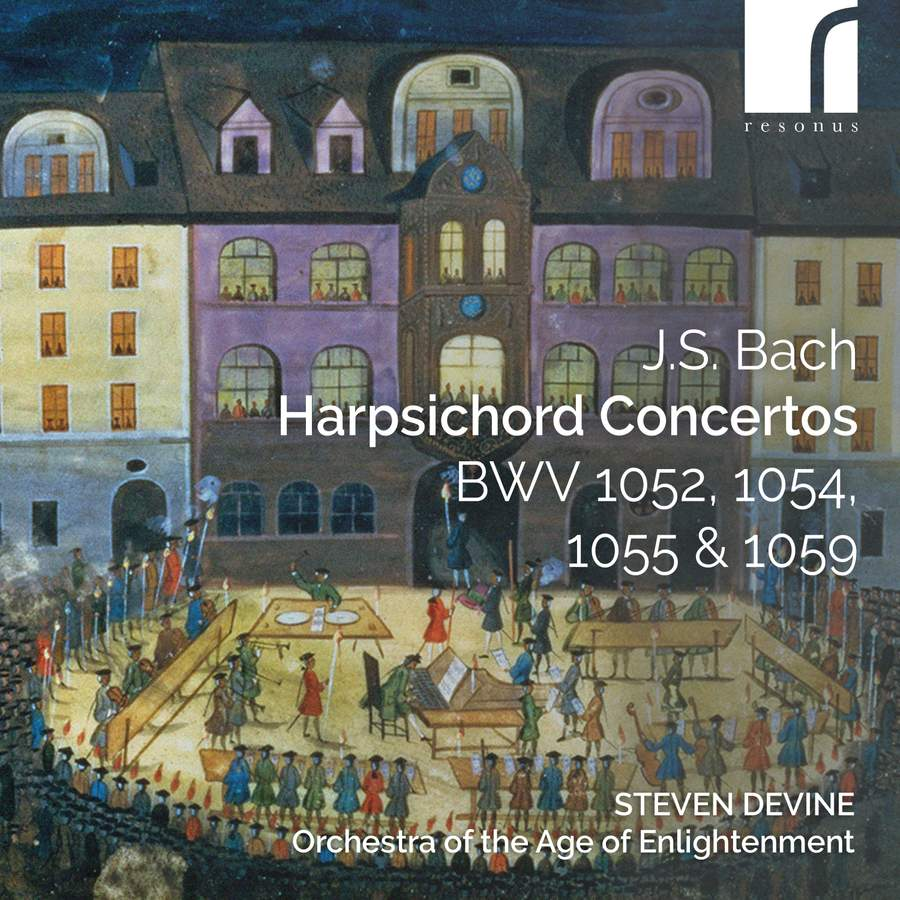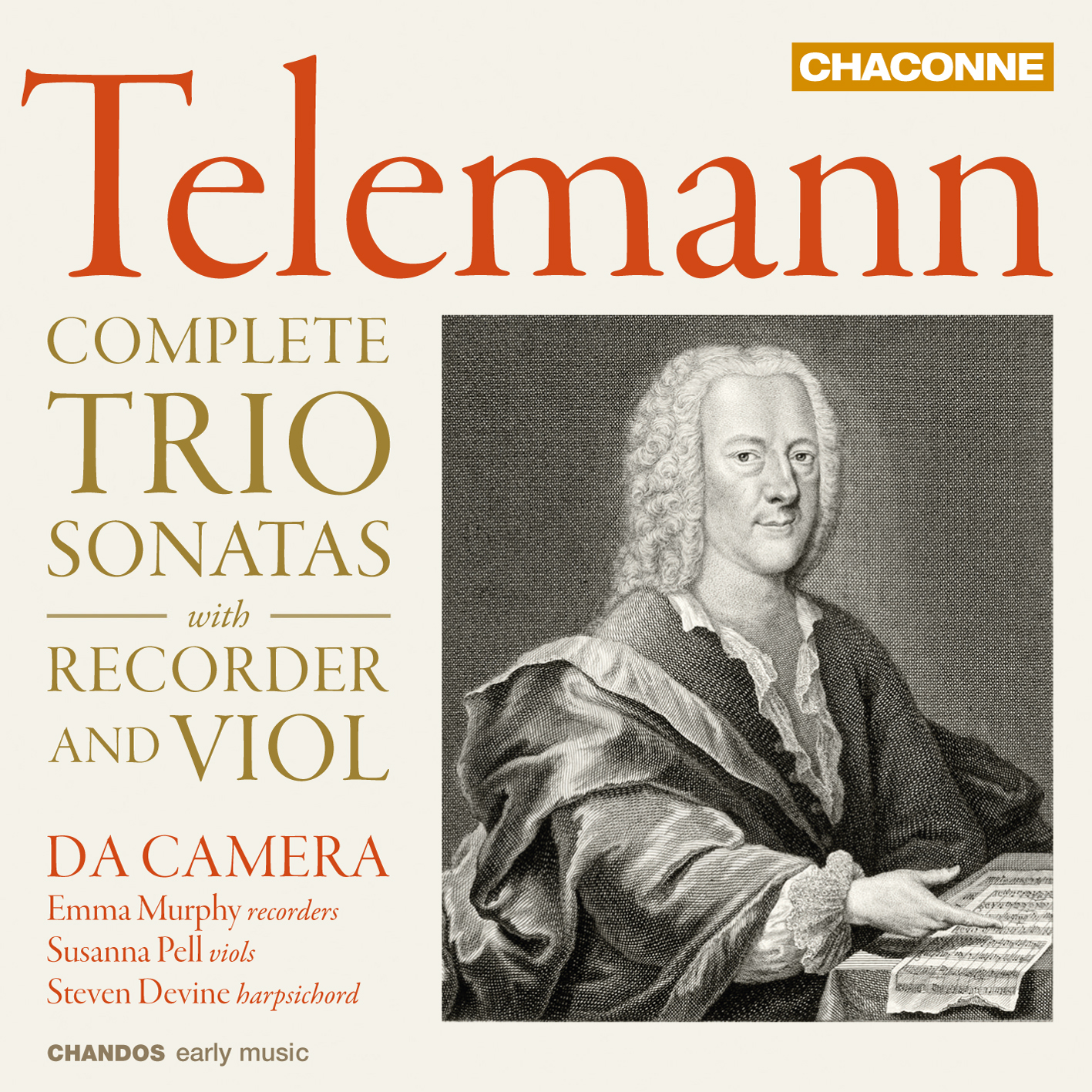J S Bach: Harpsichord Concertos
BWV 1052, 1054, 1055 & 1059
Steven Devine, Orchestra of the Age of Enlightenment
Resonus RES 10318. 63’30

This very welcome addition to the world of Bach recordings features three well-known harpsichord concertos plus what is, in effect, an entirely new concerto. Steven Devine’s programme essay sets out the often complicated history of the music played. The manuscript of these concertos is in Bach’s own hand. It contains seven concertos and nine bars of a D minor concerto, BWV 1059. There is strong evidence that only the first six concertos were intended as a set, with Bach’s traditional sign-off (Finis. S. D. Gl.) appearing at the end of the sixth concerto. The following BWV 1058 seems to have been an unsuccessful attempt at converting a violin concerto into a harpsichord concerto. The few bars of a D minor concerto (given the BWV number of 1059 despite its brevity) are of particular interest in this recording.

















 For a British musician, now is a very good time to be reminded of the extraordinary contribution that immigrant musicians have made to our musical history, from at least the early 1500s. This CD reflects that in at least two ways. Giovanni Stefano Carbonelli was born in Liverno in 1694. Although supposition that he studied with Corelli seems ill-founded, he certainly absorbed and developed Corelli’s style. He moved to England in, or just before 1719, possibly at the invitation of John Manners (then Marquess of Granby, and soon to become the 3rd Duke of Rutland), who was to be his only known patron in England. Almost immediately on his arrival Carbonelli became leader of the Drury Lane Theatre orchestra, a post which also involved performing concertos and sonatas. In 1735, like many of his fellow Italian immigrant musicians, he anglicised his name, in his case to John Stephen Carbonell.
For a British musician, now is a very good time to be reminded of the extraordinary contribution that immigrant musicians have made to our musical history, from at least the early 1500s. This CD reflects that in at least two ways. Giovanni Stefano Carbonelli was born in Liverno in 1694. Although supposition that he studied with Corelli seems ill-founded, he certainly absorbed and developed Corelli’s style. He moved to England in, or just before 1719, possibly at the invitation of John Manners (then Marquess of Granby, and soon to become the 3rd Duke of Rutland), who was to be his only known patron in England. Almost immediately on his arrival Carbonelli became leader of the Drury Lane Theatre orchestra, a post which also involved performing concertos and sonatas. In 1735, like many of his fellow Italian immigrant musicians, he anglicised his name, in his case to John Stephen Carbonell.  Concert: Steven Devine, fortepiano, Jane Booth, basset horn, Anneke Scott, natural horn;
Concert: Steven Devine, fortepiano, Jane Booth, basset horn, Anneke Scott, natural horn;